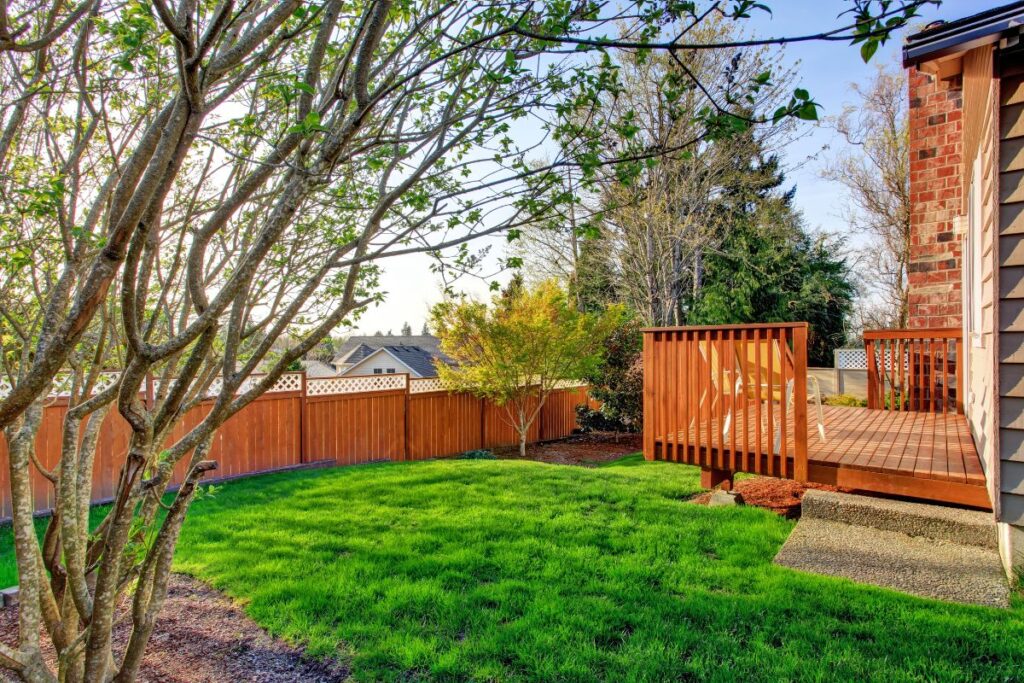Disclaimer: Our editors have used AI to create or enhance parts of this article and some images. All content has been fact-checked by our team to ensure accuracy.
Ever heard of a lasagna garden bed?
It’s an easy and eco-friendly way to grow a lush garden.
Learn how to build one step-by-step and discover the benefits.
Ready to transform your garden?
Let’s begin!
Step 1: Find the Ideal Spot

When starting your lasagna garden, it’s critical to pick a site with ample sunlight, about 6-8 hours daily. Ensure easy access and proximity to water sources. Additionally, think about how the garden will blend with your landscape.
Step 2: Create the Cardboard or Newspaper Layer
Begin by spreading a layer of cardboard or several thick layers of newspaper directly on the ground. This will serve as a barrier to block sunlight, effectively killing grass or weeds. As it decomposes, it will enrich the soil below.
Step 3: Spread the Brown Layer
Place a layer of dry leaves, pine needles, or straw above the cardboard. These materials are crucial as they supply the necessary carbon for effective composting.
Step 4: Apply the Green Layer
Incorporate a green layer composed of nitrogen-rich elements such as grass clippings, vegetable waste, or manure. This layer is essential for the decomposition process.
Step 5: Continue the Layering Process
Continue stacking brown and green materials until the garden bed is at least two feet high. Alternate these layers to maintain a balanced mix of carbon and nitrogen.
Step 6: Finish with Compost or Topsoil

Top off the bed with a few inches of compost or topsoil. This creates a nutrient-rich and loose growing medium for seeds and seedlings, enabling immediate planting.
Step 7: Hydrate Your Lasagna Garden
After constructing your lasagna bed, ensure you water it thoroughly. This initial soaking initiates the breakdown of materials. Throughout the growing season, maintain consistent moisture to support both decomposition and the health of your plants.
Benefits of Lasagna Gardening:
- Recycles waste: Utilizes kitchen and garden scraps.
- Low-maintenance: Reduces the need for digging and weeding.
- Improves soil quality: Enriches the soil over time.
Keep the lasagna bed moist for optimal growth and decomposition, turning your effort into a thriving, productive garden.